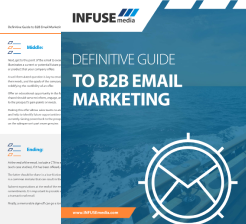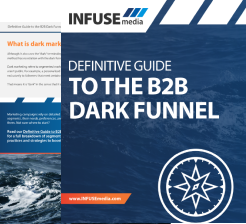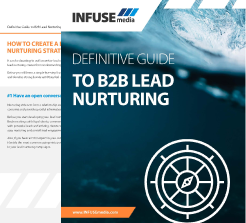The impact of the economic softening in late 2021 and 2022 has greatly affected marketing. Pressure to identify priority accounts and continue delivering exceeding results despite changes in buyer behaviour and tighter budgets have forced marketers to look for new avenues to drive outcomes.
In this scenario, intent-based marketing has enjoyed increased attention as a data-led approach to track engagement and brand interest, as well as to inform campaigns. According to a forecast by Gartner, 70% of B2B marketers were estimated to be utilising intent data in some capacity by the end of 2022.
This demonstrates that expectations for driving results with intent data may be high, however, effectively leveraging intent data remains a challenge as misconceptions surround its activation and potential outcomes. For example, some common myths surrounding the role of intent signals in sales qualification may lead to inaccurate or mistimed campaigns, amounting to increased churn rates and low engagement.
However, these hardships do not seem to discourage the market from paying great attention to the potential of intent data. Indeed, a 2022 study by Digital Journal declared that the industry of buyer intent data processing tools is anticipated to rise steadily and significantly between 2022 and 2026.




















